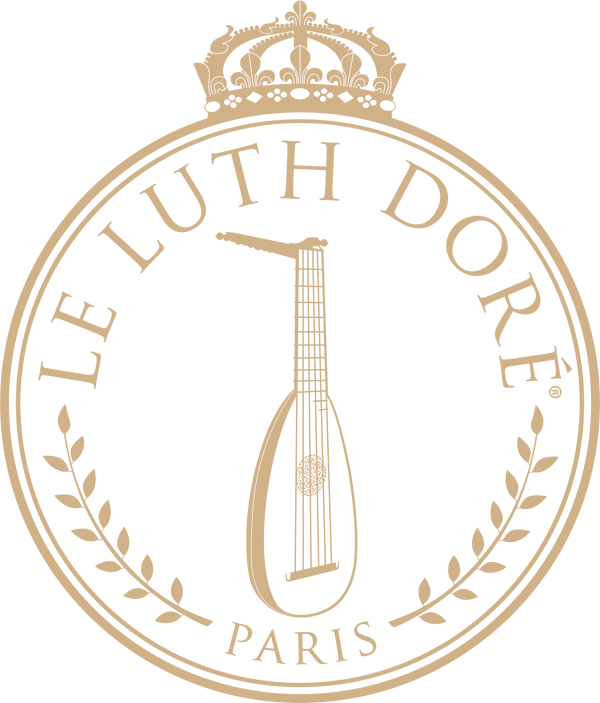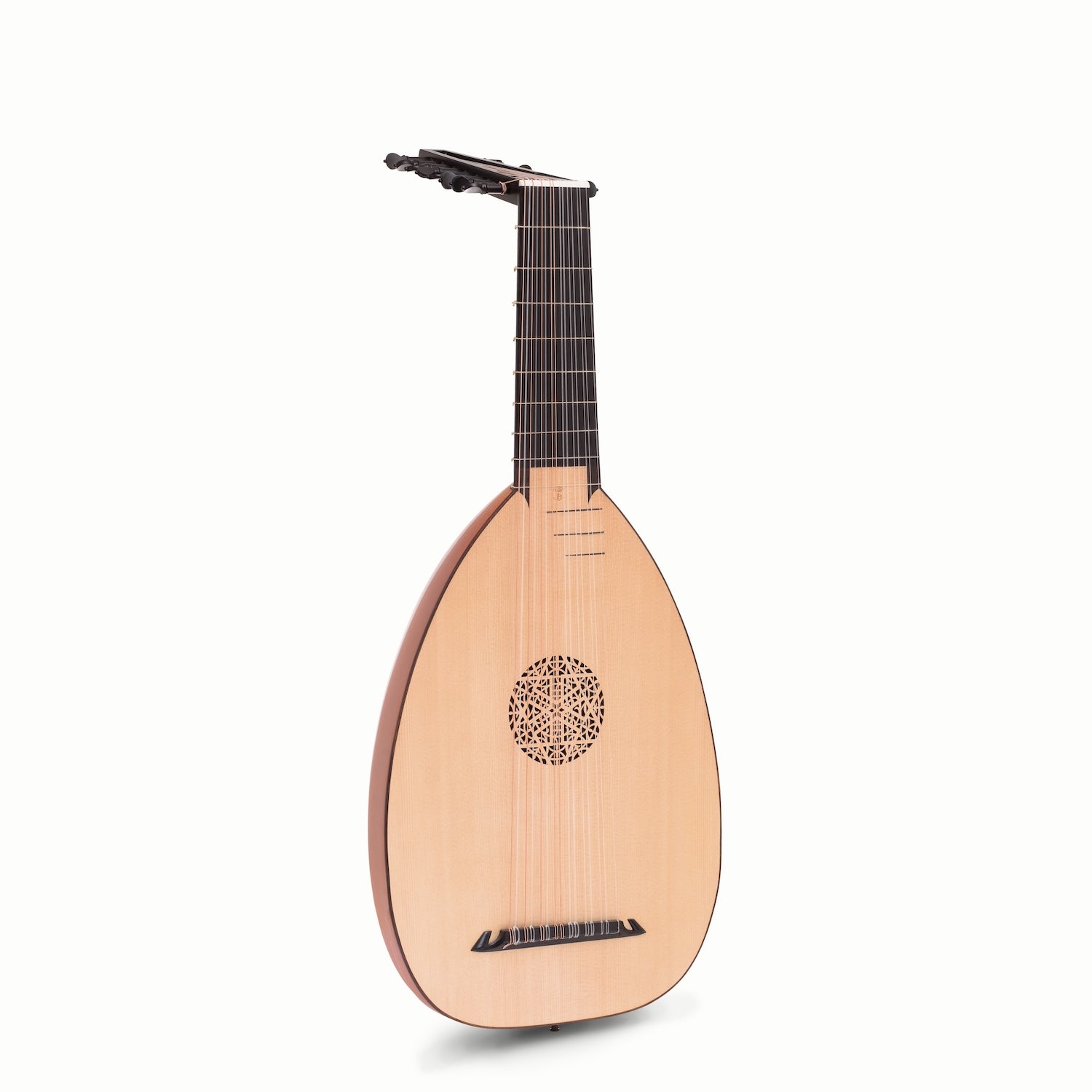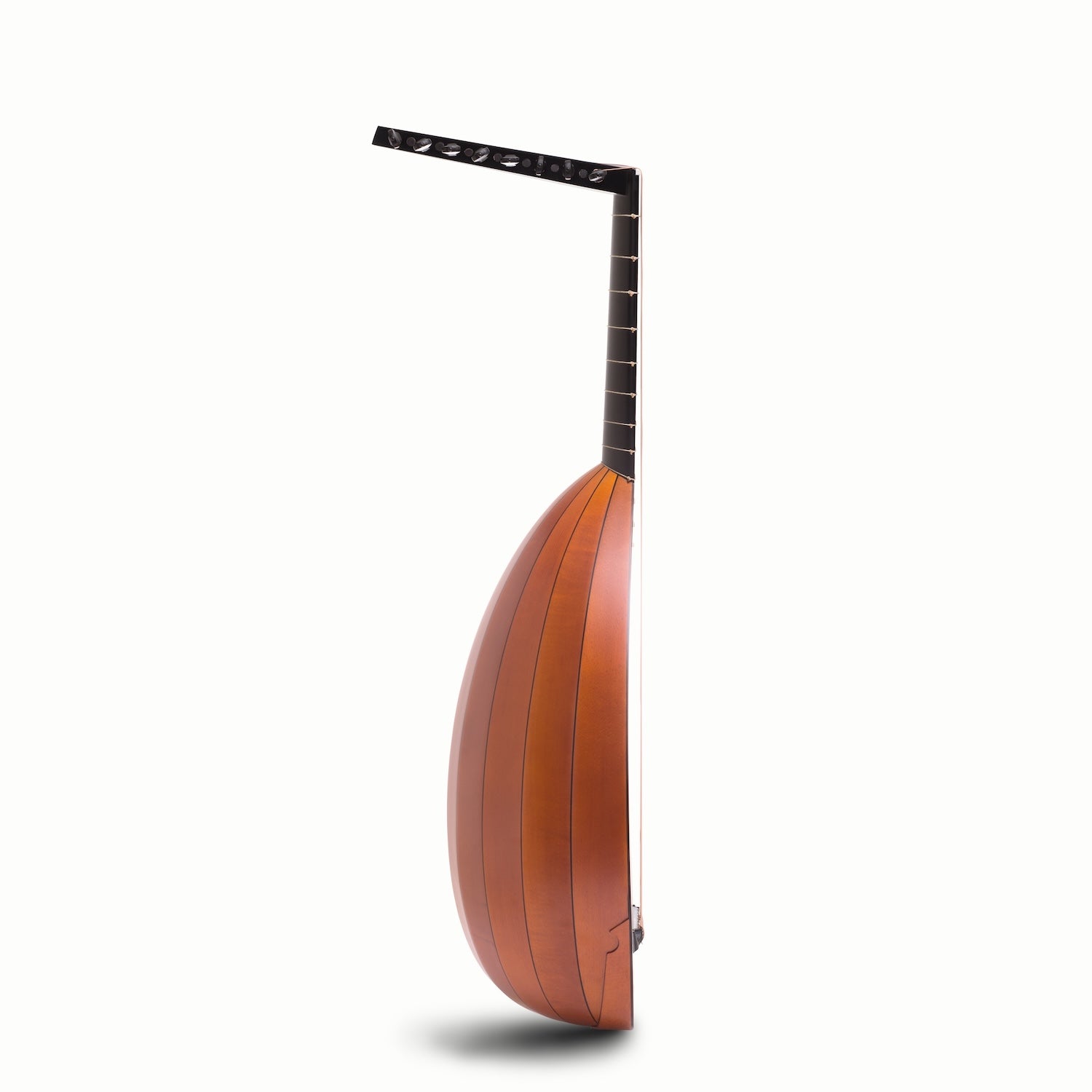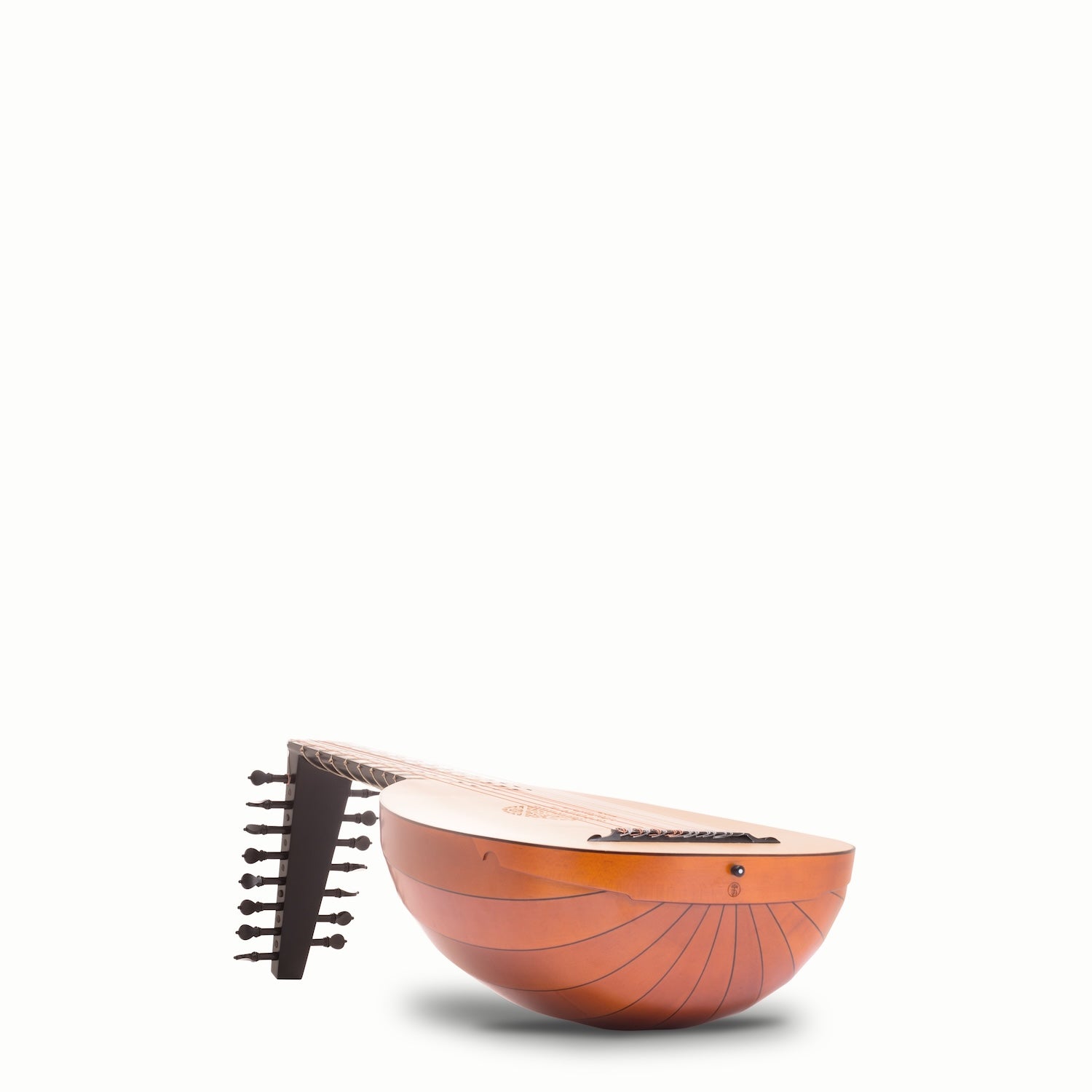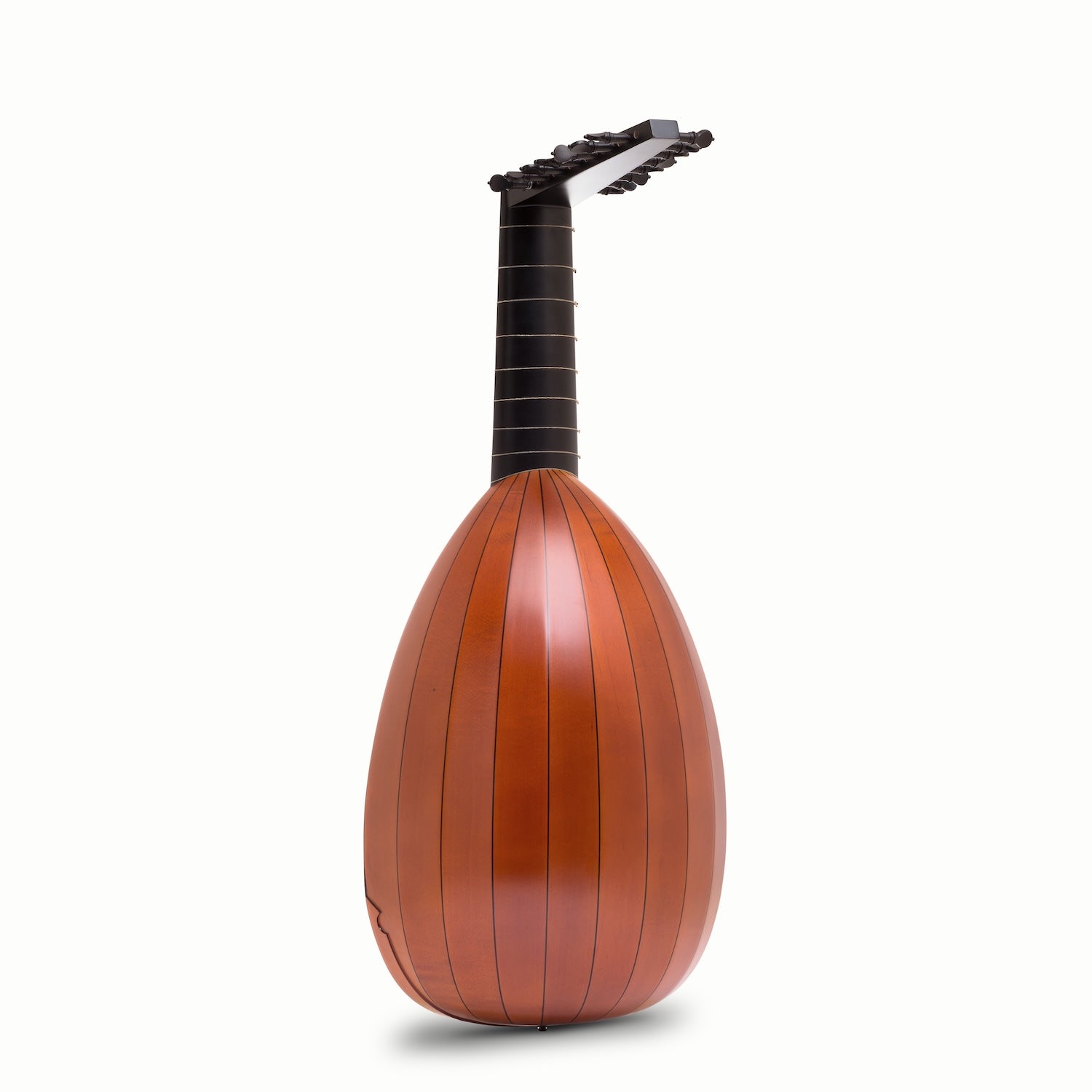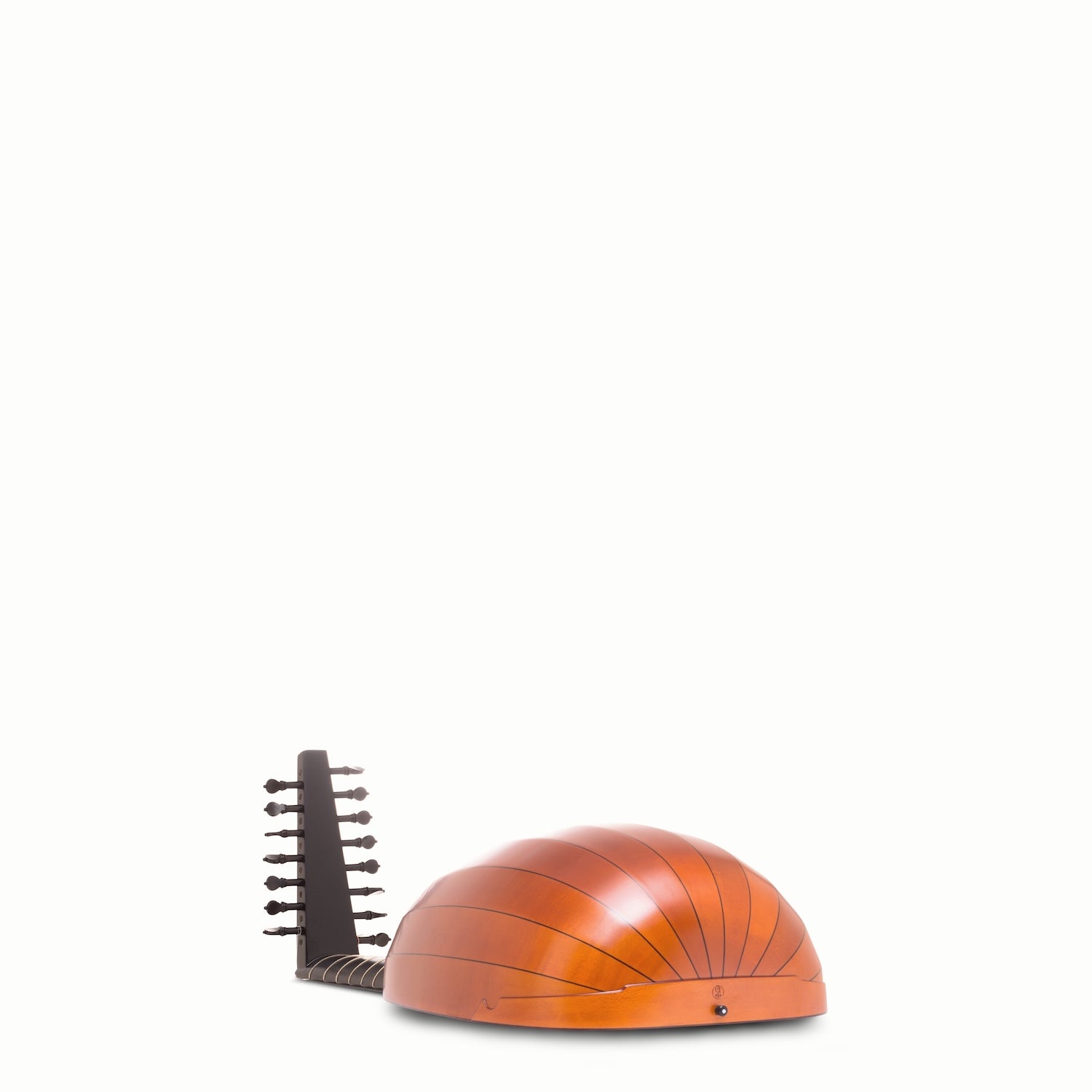Le Luth Doré
Renaissance Lute 8c LLD® Molinaro
Renaissance Lute 8c LLD® Molinaro
SKU:LLDI01-M
No VAT applied (Article 293 B of the French Tax Code).
3 payments at 0% interest with Klarna
Couldn't load pickup availability
Share
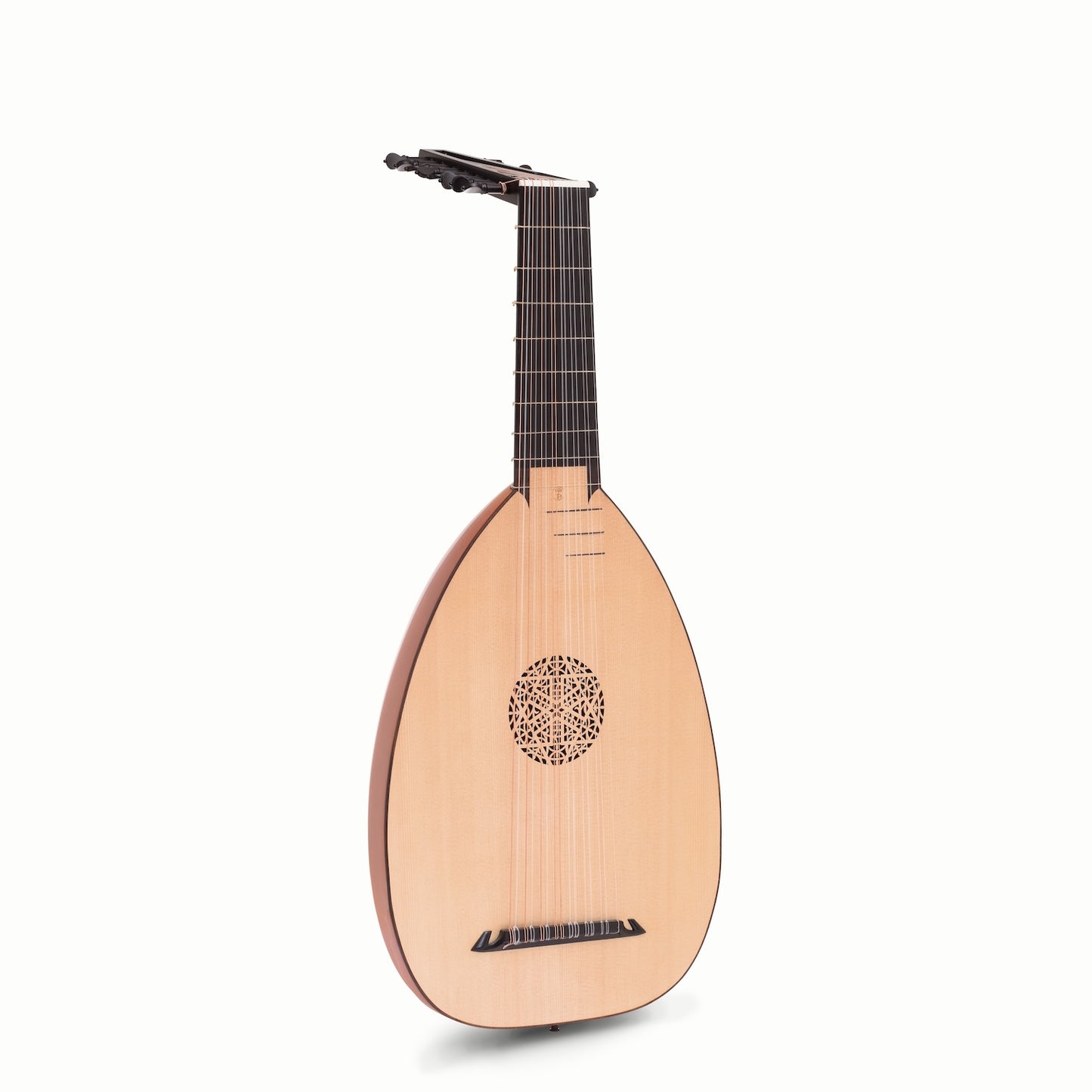
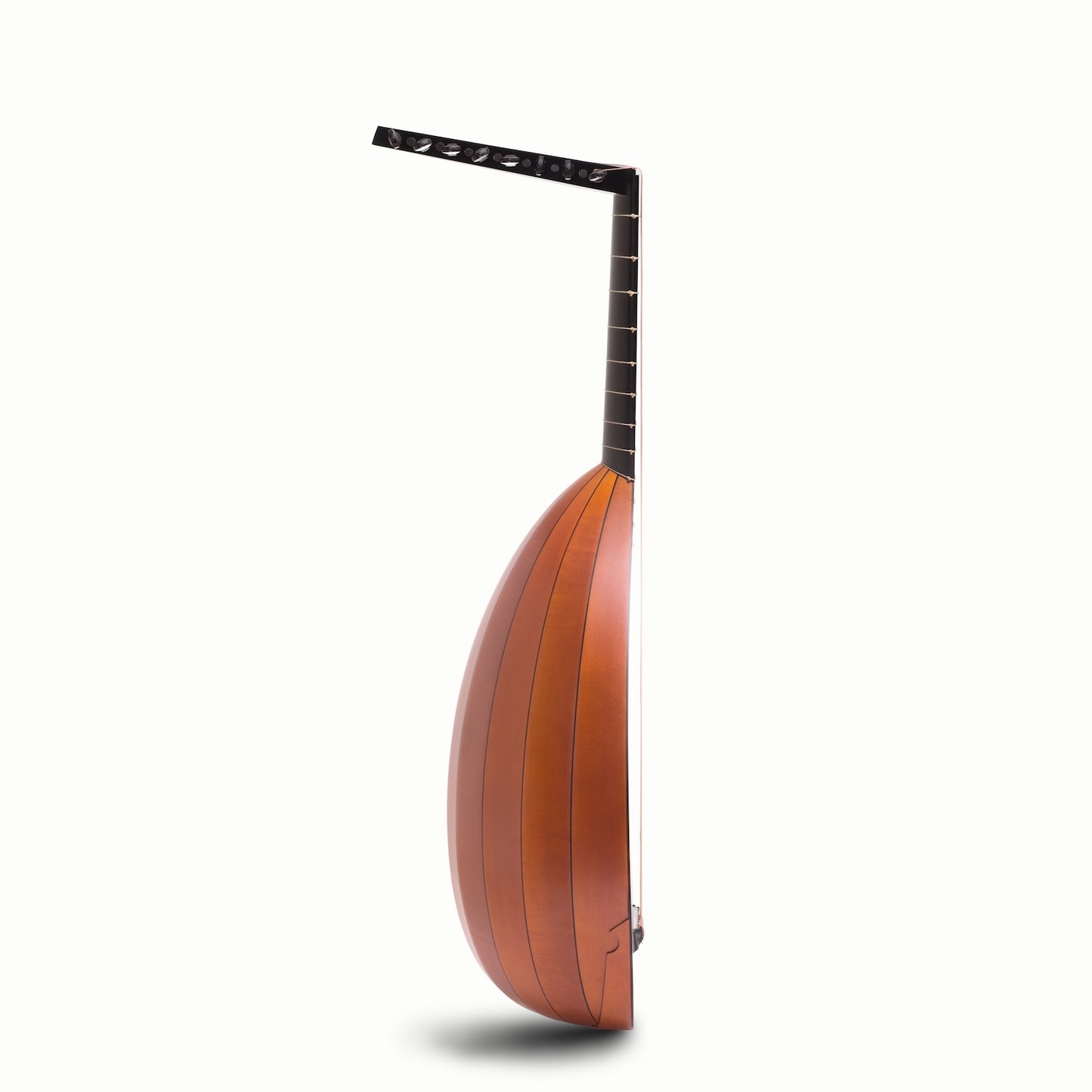
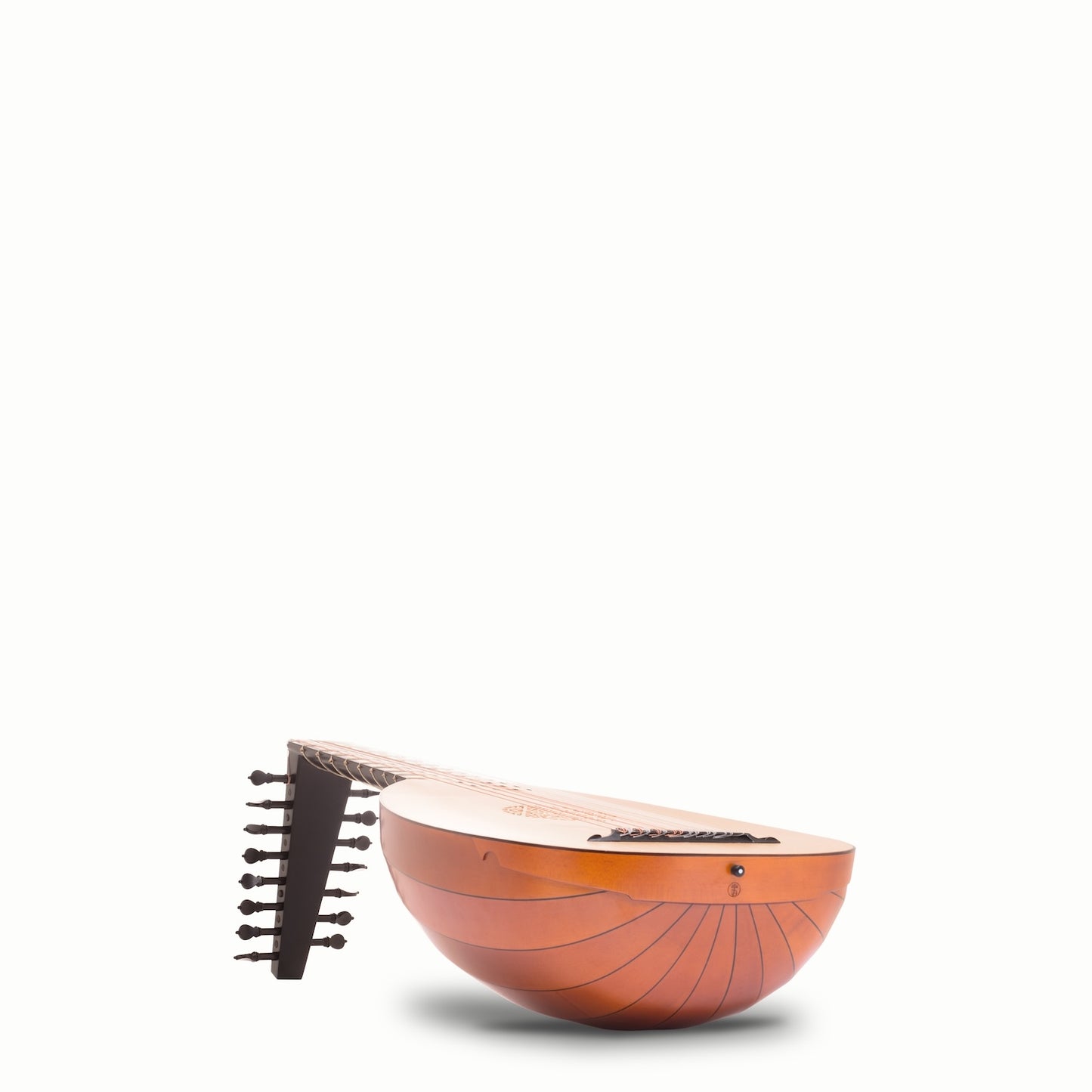

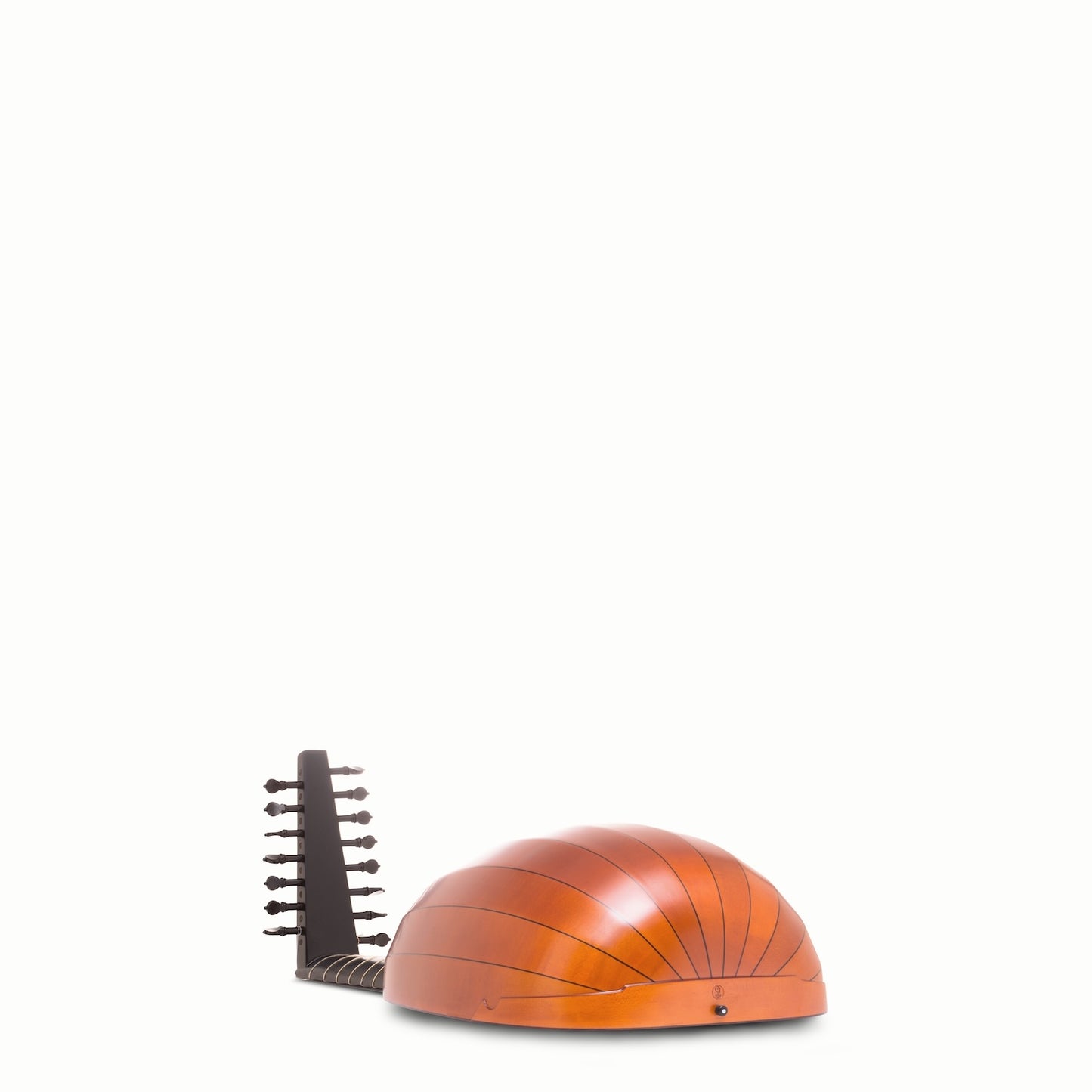
Product Details
Overview
Quality, Refinement, and Tradition
Le Luth Doré® lutes, historical guitars, and mandolins are designed in Paris by experienced European luthiers and handcrafted according to the highest standards of lutherie.
Each LLD® instrument embodies over forty years of combined expertise among master luthiers, supported by twenty years of musical expertise from the internationally renowned lutenist Miguel Serdoura.
The sound, resonance, and beauty of our instruments directly depend on the quality of the woods used. That is why we carefully select each wood species and age them naturally to guarantee optimal acoustic performance and exceptional longevity.
Every LLD® lute, historical guitar, or mandolin is a true work of art: born from a rigorous selection of noble materials and brought to life by the passionate hands of our artisans until it reaches perfection.
Made exclusively from selected solid woods and meeting impeccable quality criteria, LLD® instruments satisfy the expectations of the most demanding musicians seeking superior sound and an authentic musical experience.
All LLD® instruments come with an exclusive, rigid fiberglass case that is both modern, elegant, and protective. Equipped with an integrated climate control system, it ensures optimal security against the hazards of transport, storage, and environmental variations.
Technical Details
Wood Characteristics and Color
The body of our LLD® Molinaro 8-course Renaissance lute is made of solid maple. This dense wood is finely sanded and finished with a light red oil varnish. Maple is renowned for its natural beauty and excellent acoustic qualities, offering a warm and balanced tone.
Sound Characteristics
Solid maple provides a well-balanced tonal spectrum, with a strong fundamental sound and good projection. Compared to flamed maple, it has a simpler, more homogeneous sound character, with slightly less harmonic richness and complexity. It delivers clarity and warmth across the entire range, ideal for players seeking a reliable, stable sound without excessive complexity.
Soundboard
Spruce is the most commonly used wood for the soundboard of European lute-family instruments. For the Molinaro model, LLD® uses grade B solid spruce, selected for its tonal balance, clear projection, and stable response. The soundboard strongly influences the lute’s responsiveness, sustain, harmonic color, and the fundamental tonal quality of each note.
Instrument Setup
Before shipment, every LLD® lute is carefully inspected in Paris by a professional luthier trained at the conservatory. If necessary, it is adjusted by a Parisian specialist skilled in the construction, restoration, and repair of high-quality historic and modern lutes.
Our instruments are precisely crafted and then fine-tuned to ensure the correct scooping of the soundboard, as well as the optimal height of the nut and bridge, to optimize string action.
Specifications
Wood Characteristics and Color
The body of our LLD® Molinaro 8-course Renaissance lute is made of solid maple. This dense wood is sanded and finished with a light red oil varnish. Maple is known for its natural beauty and excellent acoustic qualities, offering a warm and balanced tone.
Sound Characteristics
Solid maple offers a well-balanced tonal spectrum, with a strong fundamental sound and good projection. Compared to flamed maple, it has a simpler and more homogeneous sound character, with slightly less harmonic richness and complexity. It delivers clarity and warmth across the entire register, ideal for musicians seeking a reliable, stable sound without excessive complexity.
Soundboard
Spruce is the most commonly used wood for the soundboard of European lute-family instruments. For the Molinaro model, LLD® uses grade B solid spruce, selected for its good tonal balance, clear projection, and stable response. The soundboard greatly influences the lute’s responsiveness, sustain, harmonic color, and the fundamental tonal quality of each note.
Instrument Setup
Before shipment, each LLD® lute is carefully inspected in Paris by a professional luthier trained at the conservatory. If necessary, it is adjusted by a Parisian specialist in the construction, restoration, and repair of high-quality historic and modern lutes.
Our instruments are precisely crafted, then fine-tuned to ensure the correct scooping of the soundboard, as well as the optimal height of the nut and bridge, to optimize string action.
History
History of the Lute
The lute is probably the most widespread type of string instrument in the world. In Europe, it enjoyed great popularity from the 15th to the 18th century, playing a key role both in court music and popular music. It is frequently depicted in artworks from the Middle Ages, as well as the Renaissance and Baroque periods. It was the quintessential plucked string instrument of these eras.
Originating in the Middle East under the Arabic name ʿūd, it was introduced to Europe in the 13th century. The European lute is distinguished by its rounded pear-shaped body, a neck with a pegbox angled backward, and strings attached to a glued bridge on the soundboard. It features a circular sound hole adorned with a finely carved wooden rosette.
The earliest European lutes followed the model of Arabic instruments, with four strings played using a plectrum cut from a feather shaft. Around the mid-14th century, the strings were grouped in pairs called courses, tuned in unison or, for the basses, in octaves. By the late 15th century, the plectrum was abandoned in favor of finger plucking, and movable gut frets were added to the fingerboard. The instrument then adopted a fifth course. The introduction of frets was a decisive advance, enabling more precise polyphonic playing and better intonation.
The Renaissance Lute
In the 16th century, the classic form of the Renaissance lute emerged, with six courses (the highest course consisting of a single string) tuned to G–C–F–A–D–G, covering a range from G² to C⁴. Subsequently, additional courses were added, increasing the total beyond six.
Among the most renowned luthiers of this era were Laux Maler, Hans Frei, Vendelio Venere, Moeses, and Magno Tieffenbrucker.
As the instrument evolved, a more codified playing technique appeared alongside a specific notation system: tablature. This system represented the courses as horizontal lines and notes by letters or numbers indicating which fret to press and which string to pluck, integrating rhythmic information.
The Archlute, Chitarrone, and Theorbo
At the start of the 17th century, the seven-course lute was modified by adding extra bass strings, giving rise to instruments with eight, nine, or ten courses. This extension required a longer neck and an additional pegbox to accommodate the new strings, called diapasons. These advanced instruments became known as archlute, chitarrone, and theorbo.
The Baroque Lute
Shortly after 1600, French lutenists introduced changes to the instrument’s tuning, leading to decades of experimentation. Around 1650, a new tuning known today as the D minor tuning became standard. The number of courses increased further in the 18th century, reaching up to thirteen.
The first six courses formed a D minor triad (A²–D³–F³–A³–D⁴–A⁴), followed by five to seven additional courses extending down to low A. These D minor lutes, now called Baroque lutes, exist in versions with eleven, twelve, or thirteen courses, depending on the repertoire.
Modern lutenists tune their lutes, vihuelas, archlutes, and theorbos at various reference pitches, generally between 392 Hz and 470 Hz, depending on the instrument type, repertoire, and ensemble practices. Historically, no standard pitch was fixed.
Today, the usual tunings are:
– Renaissance lute at 440 Hz
– Baroque lute at 415 Hz
Press Reviews
Pre
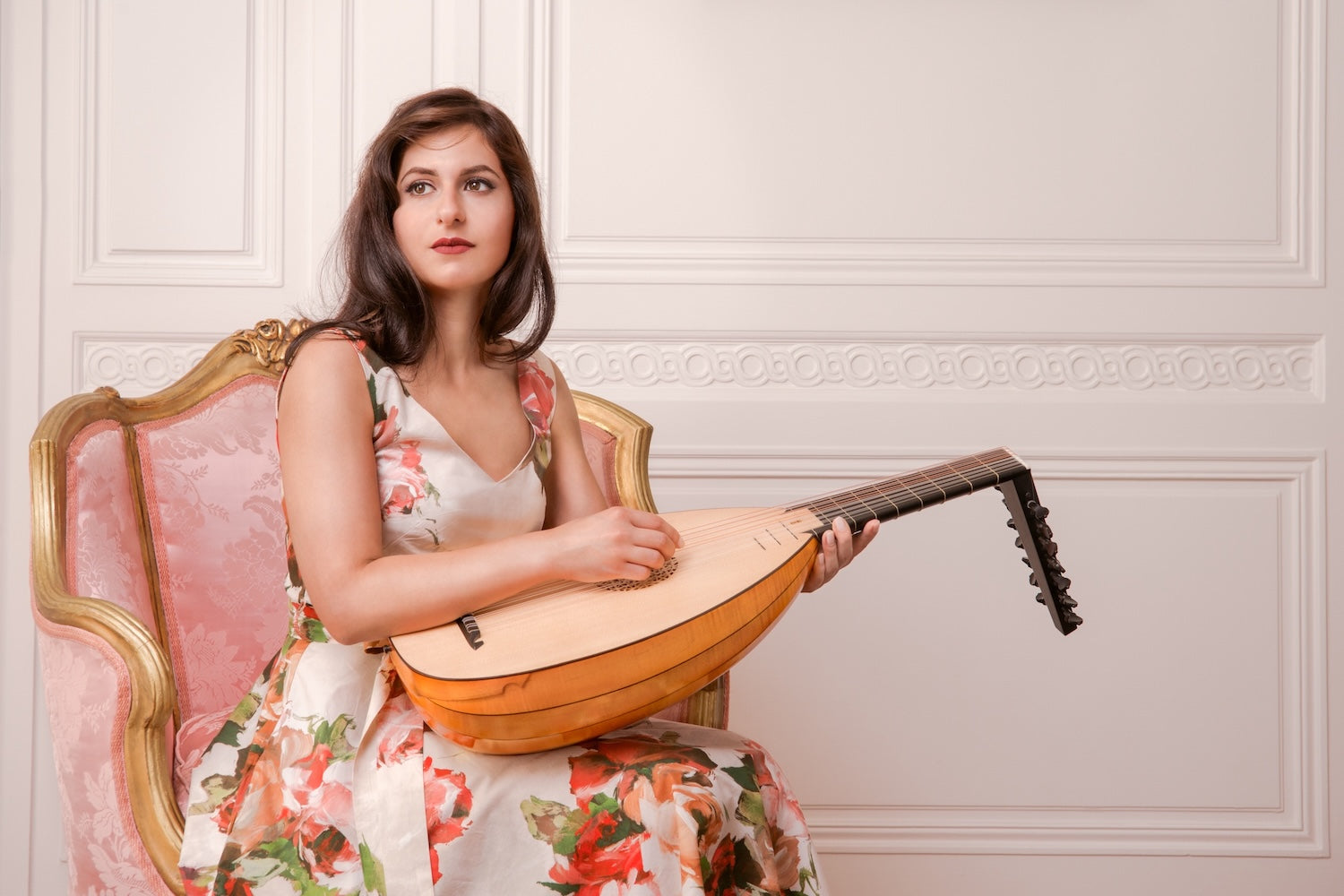
LLD® Renaissance Lutes
Three 8-course models designed to meet the expectations of discerning lutenists:
• Galilei, with a warm and powerful tone (veined sapele bowl)
• Molinaro, offering a clear and balanced sound (maple bowl)
• Dowland, with a bright and deep projection (flamed maple bowl)
All come with a LLD® FG-R hard case.
